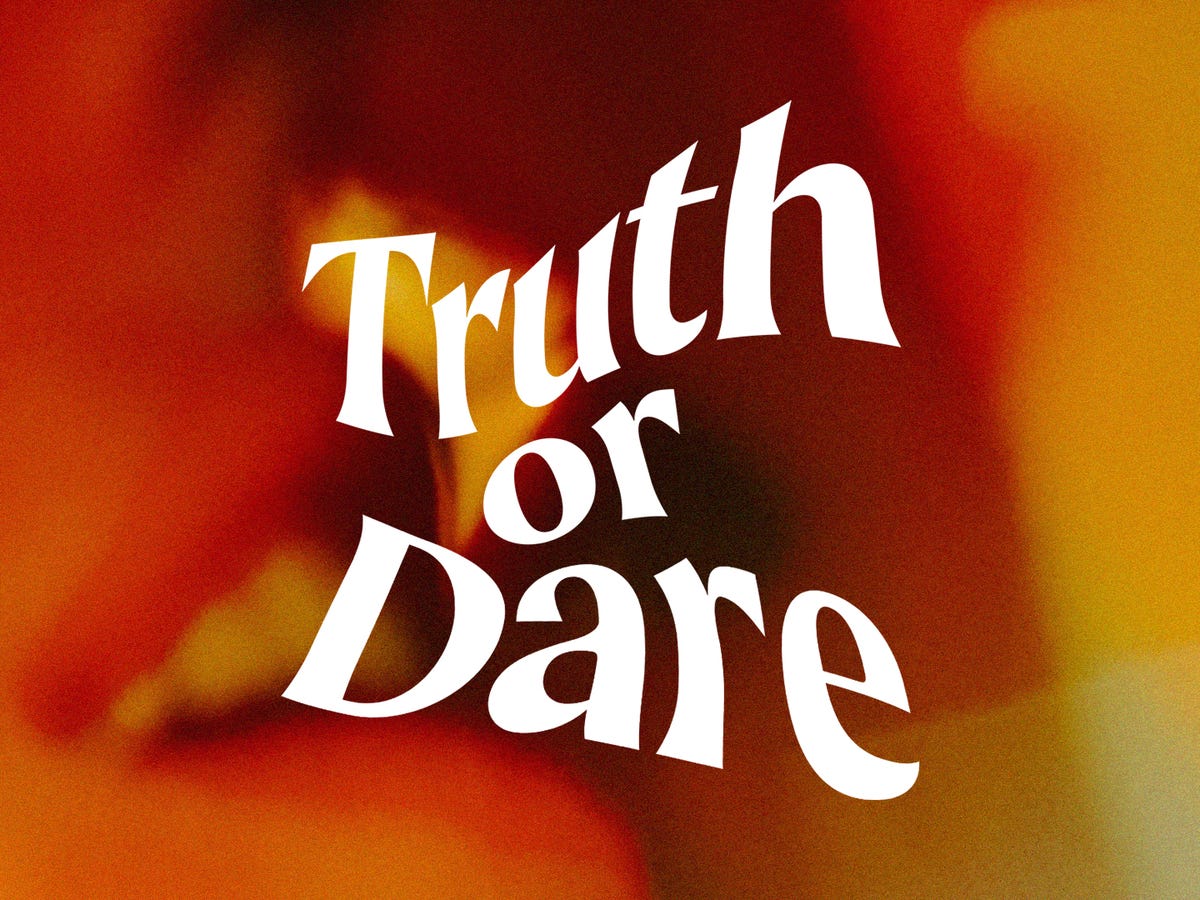For this Critical Play, I played the folk game truth or dare with my roommates. In this game, on your turn, you are asked the truth or dare by another player. You can decide which category you prefer, and then the other player decides the truth or dare to ask you. The way we played, if you didn’t want to do your assigned truth or dare, you could switch categories, but must pick one of these two tasks.

The themes of this game are friendship, bonding, embarrassment, and human, and it encourages fellowship, expression, and challenge types of fun. Some important formal elements of this game are the boundaries, the objectives, and the rules. The boundaries can differ depending on who is playing (due to the folk nature) spanning from the room you are in, all the way to social media or outside the building you are in. Another interesting formal element is the objective: for often there is none. This game promotes bonding and laughter, and there is honestly no way to win or lose. Similar to its competitors, (cards against humanity, for the girls) the game has been successful when the group has had a good time and has bonded in some way. People often are not playing this game to get their competitive kick for the day.
The rules of this game also differ between players, for some will play this game in a drinking context or with some predetermined punishment if someone skirts a dare. This game is extremely flexible, needs no materials other than your brain, and allows groups to adjust it for the context they are in at the moment. Though this flexibility can be a positive, it does allow abuse to happen more easily. The group has to set a tone for what types of truths and dares are appropriate given the audience. If someone starts over-stepping a boundary, there is no formal way set up on how to handle this.
I think the fact that I was playing with close friends influenced the overall feelings of this game. We all are very comfortable with each other, and already know a lot of embarrassing truths, so we ended up using this game as a bonding opportunity. For example, some of the truths were things like “what did you think you were going to be when you grew up when you were 10” or “what’s the one thing you love most about your personality and what’s the one thing you love most about the way you look?” I can picture if I played with people I was less close to, the truths would be more embarrassing to create a sense of vulnerability and bonding.
In terms of what I would do to make this game more interesting, honestly it would be what our game is doing. Sometimes this game can get boring, and it is wayyy more fun to get asked a dare or a truth than to create one. People take a long time to think of something interesting, and often the game just kind of fades out. I think the fact that our game has pre made dares allows users to just enjoy the game play, and not have to put a lot of cognitive work into their fun. That being said, this is a great game to pass the time. Most people know it, and don’t expect it to be the BEST game they have ever played. It also is a right of passage social game



